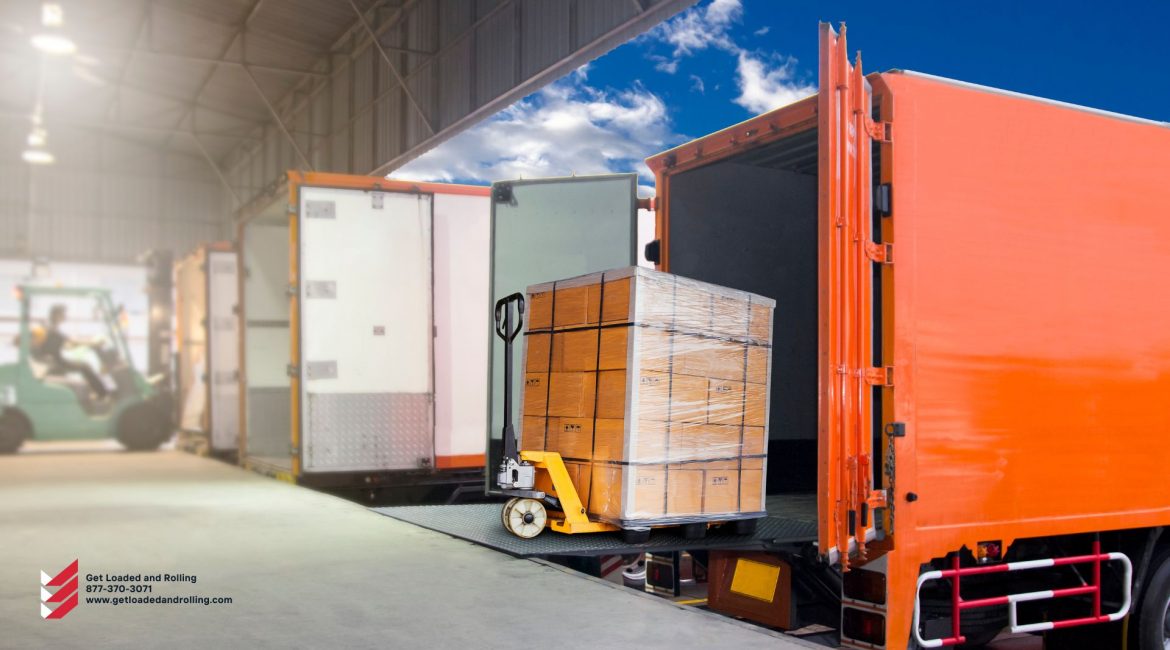There are numerous ways for things to go wrong in the world of freight shipment, ranging from missed pickups to bad packing. Distractions, hurrying, or sheer naivety can all lead to costly blunders, which can happen to anyone—whether you’re a seasoned logistics expert or new to the field and don’t know how to send LTL freight.
Fortunately, the most common shipping errors are usually avoided, especially if you know how to carry freight properly and what issues to watch out for. Here are the most typical LTL shipping mistakes, as well as some freight shipping guidelines to assist you to avoid the worst-case circumstances.
1. Poor packaging
You may not be able to control how your items are handled during transit, but you can certainly control how effectively they are safeguarded before they leave your hands. Your shipment is only as safe as the medium in which it is packed, and poor packaging almost always results in damaged freight. Always use the appropriate materials for the things you’re sending based on their size, weight, form, fragility, and value, according to your company’s freight packaging rules.
2. Forgetting about the weather
Even if you package your freight precisely, if you don’t protect it from the elements, all of your efforts will be for naught. Shippers who do not have well-covered loading docks risk having their goods damaged by wind, rain, snow, or even heat and sun, depending on the product and region. Protect your packing and loading area, and seal your packaged shipment as much as possible to avoid exposure to the weather.
3. Not inspecting for damage
On the other hand, failing to inspect received freight for damage can leave you liable for costly replacements, especially if the package is then forwarded to another customer. Furthermore, signing for and accepting damaged freight without inspection significantly reduces your ability to file an insurance claim after the damage is detected.
4. Classifying freight incorrectly
With seemingly as many classification codes as there are stars in the sky, it’s easy to get them mixed up. Using the incorrect NMFC code, on the other hand, causes a slew of issues, including inaccurate quotations, increased shipping expenses, re-class penalties, and even damaged shipments caused by mishandled items. Knowing your NMFC codes will help secure both your shipment and your pocketbook.
5. Passing on insurance
It may appear to be an unnecessary expense, but trust us when we say that insurance is vital. If your things are stolen from a truck or terminal, or if they are damaged in a traffic accident or natural disaster, replacing your entire consignment would cost far more than insuring it against potential calamity.
6. Mistaking a delivery schedule for a delivery “guarantee”
If your shipping price includes a scheduled delivery date that isn’t marked as “guaranteed,” don’t assume it will arrive exactly on time. Shipping schedules are always estimates and subject to change. If your freight must arrive at a specified time, look for a solution that provides you complete control over your delivery timetable, such as FlockDirectTM! FlockDirect cargoes are transported via shared truckload, a freight option in which numerous shippers share trailer space in a multi-stop truckload. Flock Freight is the first company to use shared truckload technology to provide shippers complete control over the pickup and delivery dates of their freight.
7. Delaying a freight claim
If you suffer a loss or damage to your goods, how soon and precisely you file a claim for those items will make or break your capacity to recoup your losses? Make sure to file as soon as you discover a problem. Another significant blunder: failing to photograph your damaged freight. Photographic evidence can be crucial in supporting your claim.
8. Estimating your freight’s size & weight
Whether you’re using the information provided by clients or you simply think you have a keen eye, without actually measuring your freight is a one-way ticket toward erroneous classification and greater prices. This is a completely avoidable shipping mistake—investing a little time upfront to acquire hard data can save you a lot of trouble in the long run.
9. Shipping without pallets
If you fail to secure your freight to pallets, you risk your products flying loose and free all across the rear of the truck or van. Even if you simply have a few products to ship, palletizing them is a simple approach to reduce loss or damage.
10. Misplacing the bill of lading
Your BOL serves as your shipment’s identification card: It contains all of the crucial information that must be transmitted between you, the carrier, and the recipient. Without it, there will be no receipt for your items, and your shipment will be held up. Furthermore, missing or erroneous information on the BOL can cause delays and even damage to your freight.
If you’re interested in learning more about shipping with Get Loaded and Rolling, now is the best time to get started. Sign up with Get Loaded and Rolling today.
